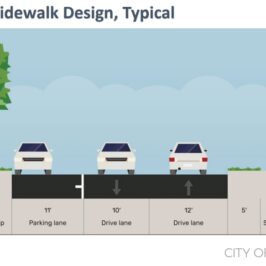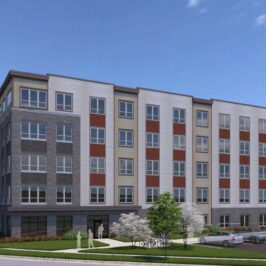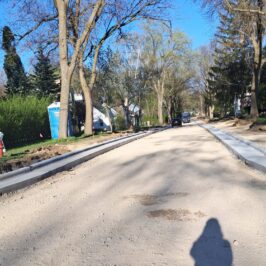Madison in Motion: Draft Plan Documents (Fall 2016)
- Presentation
- Display Boards
- Madison in Motion: Summary Document
- Madison in Motion: Recommendations Only (by Theme)
- Madison in Motion: Background Report
- Madison in Motion: Appendix
- Madison in Motion: Briefing Book (Existing Conditions) – from Sept 2014
Get Involved!
Give us feedback on the draft recommendations of the Madison in Motion Plan.
https://www.surveymonkey.com/r/madisoninmotion
What is Madison In Motion?
Madison in Motion, the City of Madison’s Sustainable Madison Transportation Master Plan, will guide future transportation decisions in Madison, in order to help make Madison a more walkable, bikeable and transit-oriented city. Madison in Motion will build on adopted transportation and land use plans to improve coordination, connectivity and transportation choice while establishing a framework to strengthen neighborhoods with context-appropriate future development.
Why is Madison in Motion Needed?
Madison, like all cities, is ever changing. Growth over the next 40 years is projected to add approximately 100,000 new residents and 70,000 new jobs and the transportation system will need to accommodate the anticipated demand. Transit ridership has significantly increased in recent years, with only minimal increase in service. Dane County has more jobs than workers and commuting from surrounding counties is anticipated to increase in the coming years. More and more people are biking for commuting and recreation. Demographics are changing, and so are preferences and needs. For more information about transportation data, see our Demographics and Data summary.

How will the transportation system be improved?
In many ways. Bus Rapid Transit (BRT) is recommended to improve transit capacity and service. Other innovative transit services, such as circulators and demand response shuttles, are being evaluated to for under-served areas. Continued development of bike routes are planned, including new off-street paths and more comfortable on-street facilities. New pedestrian connections are being prioritized in areas without sidewalks. The designs of new streets are being analyzed to ensure they work well for pedestrians, cyclists and motorists, while addressing concerns such as stormwater, maintenance and street character. Technologies, such as Intelligent Transportation Systems, can improve efficiency and ease of use for all modes.








